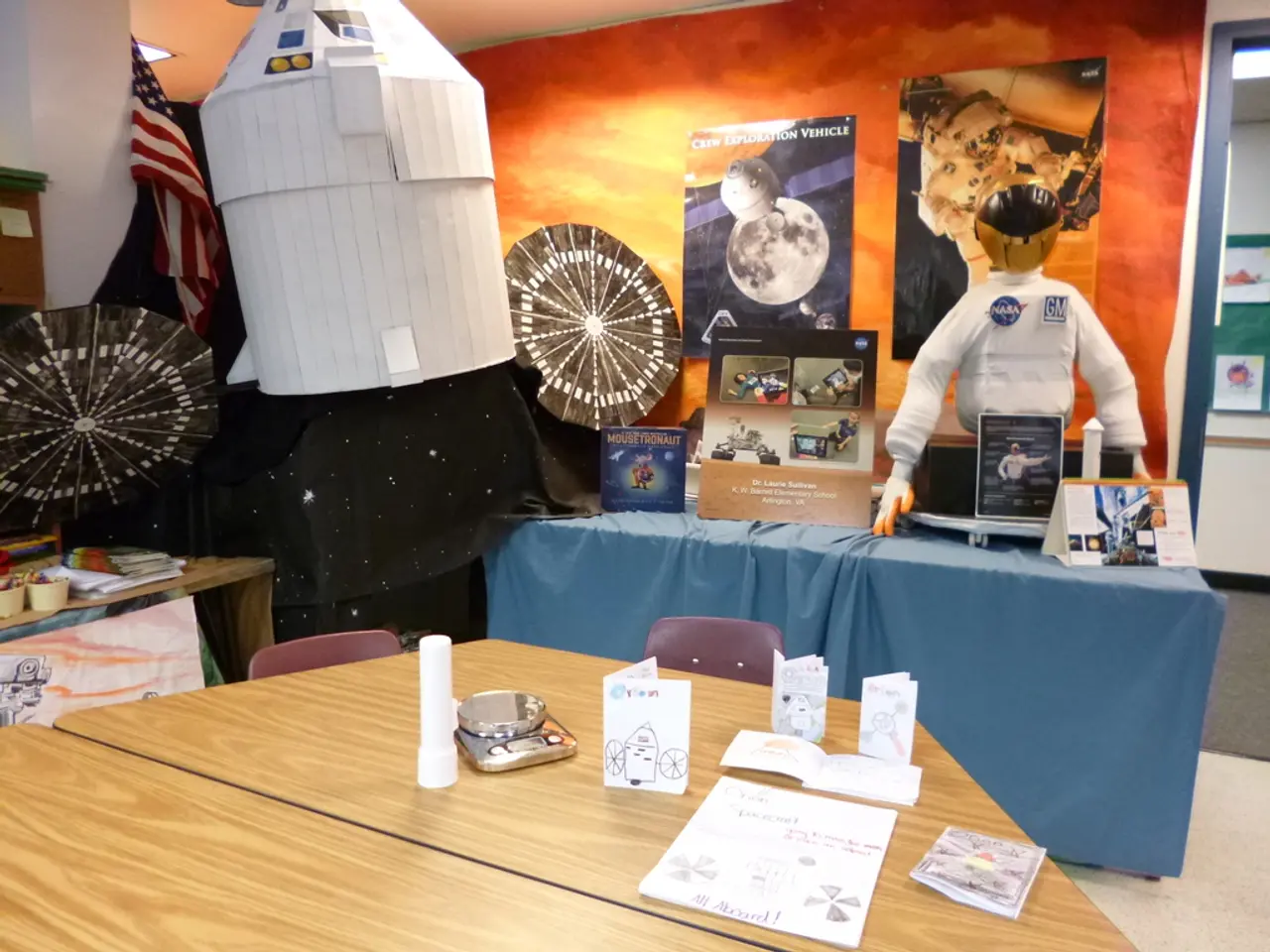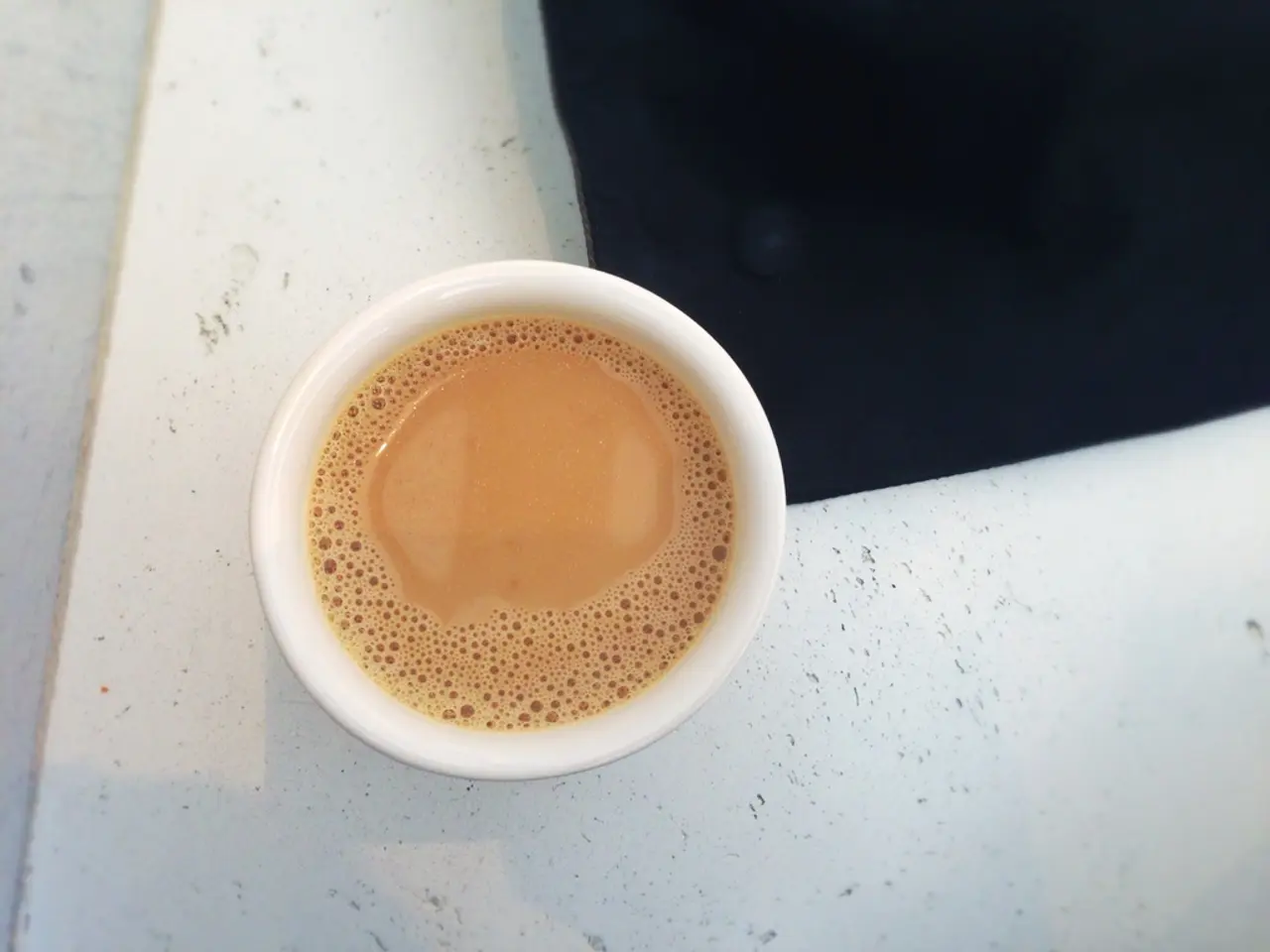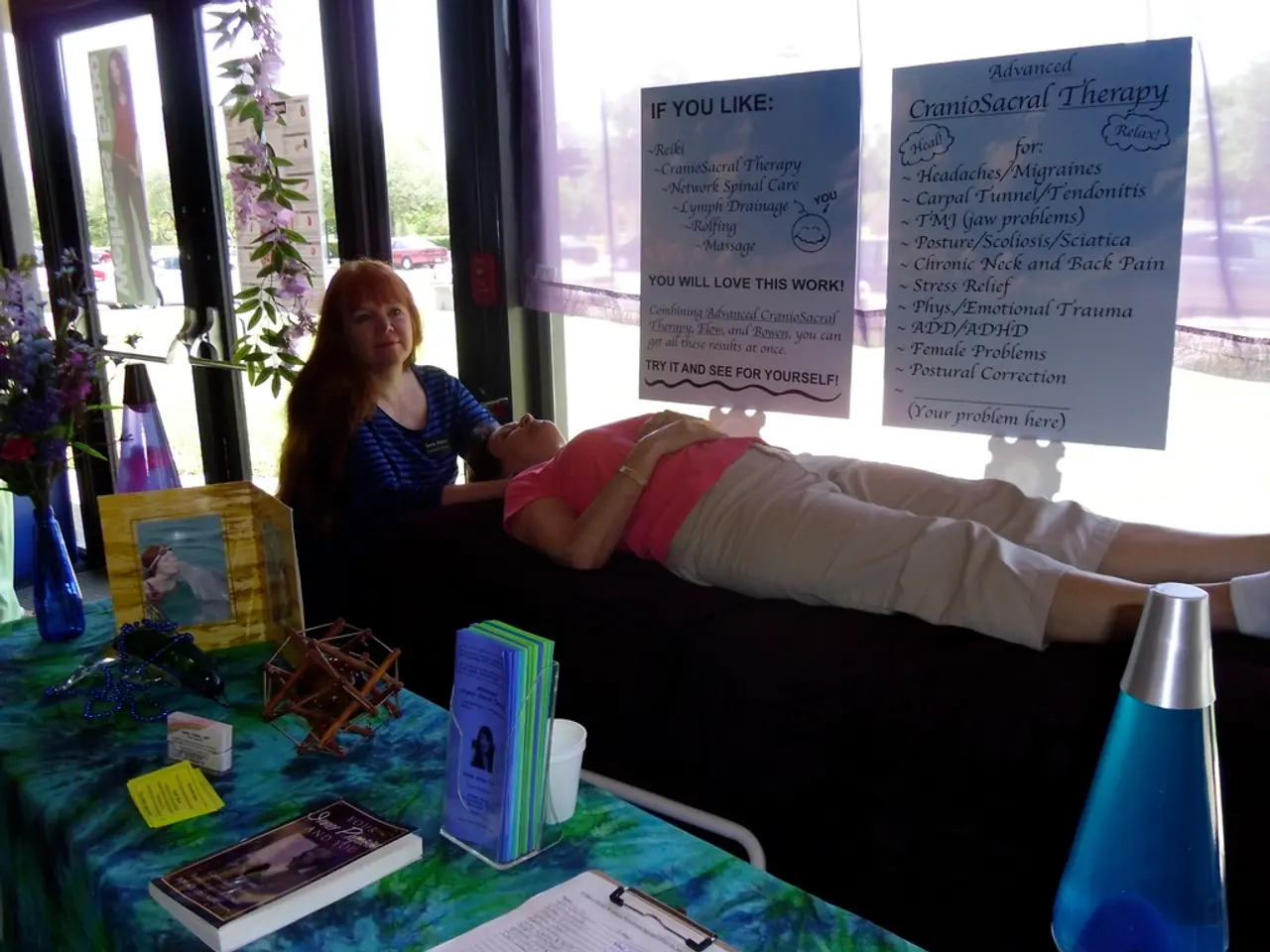Space Exploration Update: Astronauts Research Space Biology to Boost Health in Zero Gravity and Terrestrial Applications
The International Space Station (ISS) continues to serve as a unique laboratory for groundbreaking research, with a new experiment aboard the SpaceX Dragon cargo spacecraft focusing on the potential for manufacturing DNA-like nanomaterials for therapeutics, vaccines, and regenerative medicine.
NASA Flight Engineer Jonny Kim is spearheading a study on the effects of living in space on his cognition as part of the CIPHER suite of human research studies. Meanwhile, another investigation initiated by Anne McClain and Nichole Ayers is observing how cells sense gravity and creating nanomaterial products inside the Kibo laboratory module's Life Science Glovebox.
The DNA-like nanomaterial experiment aims to harness the unique properties of these engineered nanomaterials that mimic DNA structures. By studying their behavior and function in microgravity, researchers hope to improve molecular delivery, stability, and cellular interaction—challenges that are difficult to achieve on Earth due to gravity-driven effects.
Microgravity allows for the observation of molecular self-assembly and cellular interactions without interference from sedimentation and convection, potentially leading to higher quality materials and cells. For instance, stem cell research aboard the ISS aims to generate induced pluripotent stem cells in greater quantities and better quality than on Earth, which could revolutionize personalized regenerative therapies.
Some potential benefits of DNA-like nanomaterials developed from ISS research include:
- Enhanced Therapeutics and Vaccines: Improved delivery systems for drugs and vaccines with higher stability and targeted release.
- Regenerative Medicine: Superior scaffold materials for tissue engineering that better mimic natural DNA structures and cellular environments, facilitating cell growth and differentiation.
- Radiation Protection: Nanomaterials like fullerenes developed for space could protect cells from oxidative damage in both astronauts and patients exposed to radiation therapies.
- On-Demand Cellular Manufacturing: Leveraging microgravity to produce large quantities of high-quality stem cells for patient-specific therapies, reducing rejection risk.
The ISS offers a one-of-a-kind environment where DNA-like and other nanomaterials can be engineered and studied with high precision, leading to breakthroughs that address challenges in drug delivery, cell therapy, and protection against cellular damage, benefiting health care both in space and on Earth.
For updates on space station activities, follow the space station blog, @space_station and @ISS_Research on various social media platforms, as well as the ISS Facebook and Instagram accounts. Stay tuned for more exciting developments in space-based research!
References: [1] Space Tango [2] NASA [3] ScienceDirect [4] Cell Stem Cell
- The DNA-like nanomaterial experiment, orchestrated on the SpaceX Dragon cargo spacecraft, underscores the potential for space exploration to facilitate advancements in therapeutics, vaccines, and regenerative medicine.
- Accomplished astronaut and researcher, Jonny Kim, is engaged in a study about the impact of living in space on cognitive functions, as part of the space-based CIPHER research suite.
- In the Kibo laboratory module's Life Science Glovebox, an investigation led by Anne McClain and Nichole Ayers is examining how cells respond to gravity and producing nanomaterials within a microgravity environment.
- The space economy is fostering progress in aerospace science, with research conducted on the International Space Station (ISS) notably contributing to medical-conditions research, health-and-wellness, and the understanding of space-and-astronomy.




